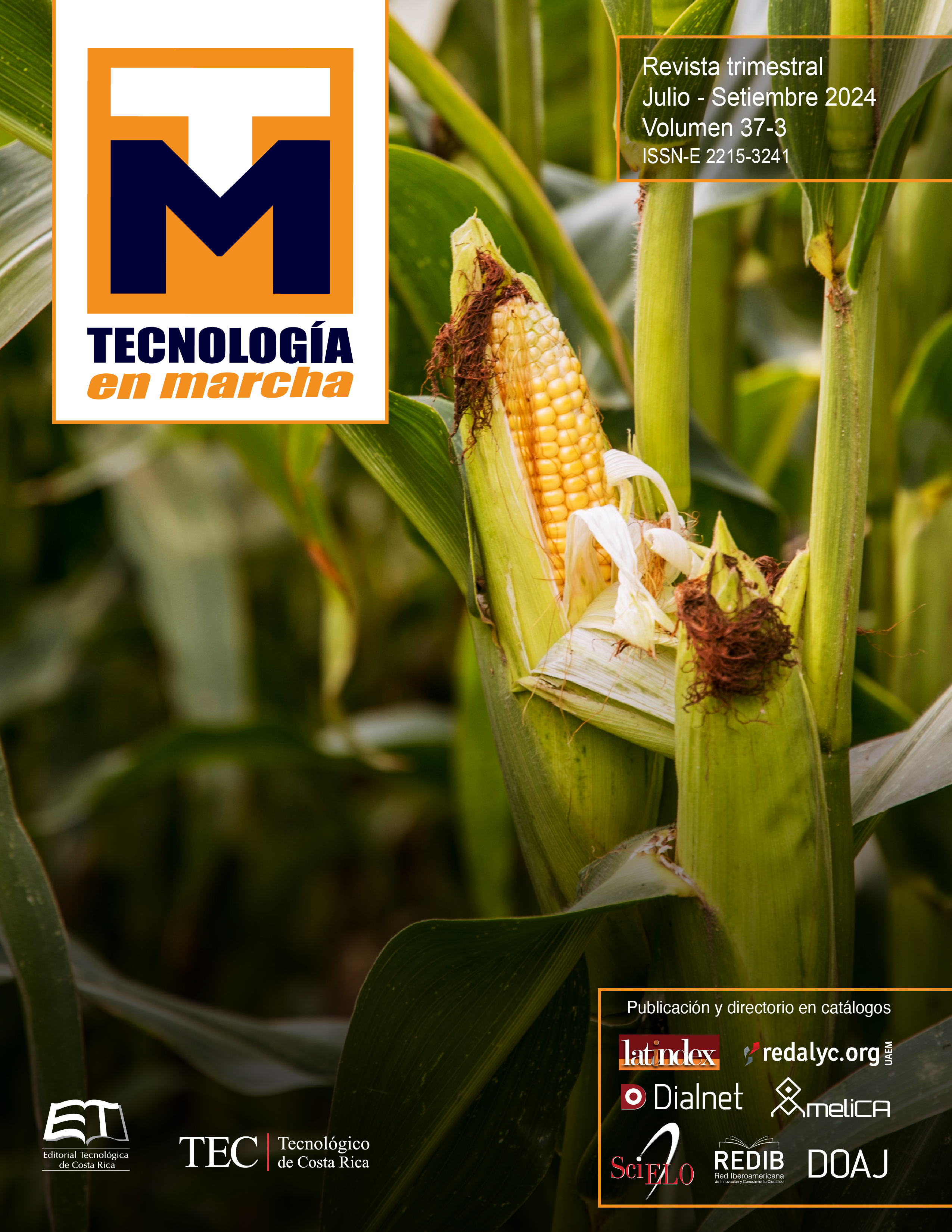Desarrollo de prototipos de ortesis protectoras pasivas mediante manufactura aditiva
Contenido principal del artículo
Resumen
La manufactura aditiva ha revolucionado la producción al permitir la creación de objetos a partir de modelos digitales, sin requerir moldes. En el ámbito médico, la personalización adquiere una relevancia crucial, siendo la impresión 3D un vehículo efectivo para la creación de órtesis. La importancia de la personalización radica en la limitación de dispositivos genéricos, los cuales pueden resultar inadecuados para ciertos pacientes y carecer de atractivo estético. Los hallazgos del estudio revelan que la impresión y escaneo 3D desempeñan un papel fundamental en la optimización de los procesos de producción de ortesis, generando estructuras altamente personalizadas y ergonómicas. Los profesionales médicos consultados para validar los prototipos consideran su viabilidad. No obstante, se plantea la necesidad de mejorar la seguridad y funcionalidad de los dispositivos, especialmente al considerar posibles cambios de volumen de las lesiones durante el tratamiento. Un análisis de costos detallado revela que la mano de obra constituye la mayor parte del costo de fabricación, representando un 73,87%. Le sigue el filamento utilizado con un 23,14%, el velcro con un 1,4% y, finalmente, la electricidad consumida con un 1,59%.
Detalles del artículo

Esta obra está bajo una licencia internacional Creative Commons Atribución-NoComercial-SinDerivadas 4.0.
Los autores conservan los derechos de autor y ceden a la revista el derecho de la primera publicación y pueda editarlo, reproducirlo, distribuirlo, exhibirlo y comunicarlo en el país y en el extranjero mediante medios impresos y electrónicos. Asimismo, asumen el compromiso sobre cualquier litigio o reclamación relacionada con derechos de propiedad intelectual, exonerando de responsabilidad a la Editorial Tecnológica de Costa Rica. Además, se establece que los autores pueden realizar otros acuerdos contractuales independientes y adicionales para la distribución no exclusiva de la versión del artículo publicado en esta revista (p. ej., incluirlo en un repositorio institucional o publicarlo en un libro) siempre que indiquen claramente que el trabajo se publicó por primera vez en esta revista.
Citas
Kruth, J. P., Leu, M. C., & Nakagawa, T. (2010). Progress in additive manufacturing and rapid prototyping. CIRP Annals, 59(2), 671-691.
Gibson, I., Rosen, D., & Stucker, B. (2015). Additive manufacturing technologies: 3D printing, rapid prototyping, and direct digital manufacturing. Springer.
Vaezi, M., & Seitz, H. (2013). Material jetting: A review of process, materials, and applications. Engineering, 6(9), 1115-1129.
Mazzoli, A., Maida, L., Iasilli, G., & Aversa, A. (2020). 3D printing processes for materials and devices: Some major examples and trends in the medical field and related applications. Materials, 13(3), 575.
Sun, C., Fang, N., Wu, D. M., & Zhang, X. (2012). Projection micro-stereolithography using digital micro-mirror dynamic mask. Sensors and Actuators A: Physical, 121(1), 113-120.
Kaspar, C., Mollendorf, J. C., & Rentsch, C. (2016). Additive manufacturing of biomedical instruments. Proceedings of the Institution of Mechanical Engineers, Part H: Journal of Engineering in Medicine, 230(11), 1041-1050.
Wohlers, T. (2019). Wohlers Report 2019: 3D Printing and Additive Manufacturing State of the Industry Annual Worldwide Progress Report.
Gibson, I., Rosen, D., & Stucker, B. (2015). Additive manufacturing technologies: 3D printing, rapid prototyping, and direct digital manufacturing. Springer.
Bibb, R., & Eggbeer, D. (2014). The integration of scanning and printing techniques to produce patient-specific devices for head and neck surgery. Proceedings of the Institution of Mechanical Engineers, Part H: Journal of Engineering in Medicine, 228(9), 904-909.
Alves, A., & Pina, H. (2017). Additive Manufacturing of Custom Orthopedic Implants—A Review. Materials, 10(9), 987.
Kruth, J. P., Leu, M. C., & Nakagawa, T. (2010). Progress in additive manufacturing and rapid prototyping. CIRP Annals, 59(2), 671-691.
FDA. (2017). Technical Considerations for Additive Manufactured Medical Devices: Guidance for Industry and Food and Drug Administration Staff.
Garg, A., Hooda, S., & Choudhary, S. (2022). Patient-Specific Orthotics and Prosthetics: A Review. In Advances in Bioengineering (pp. 83-103). Springer.
Wohlers, T. T., & Caffrey, T. (2016). Wohlers Report 2016: 3D Printing and Additive Manufacturing State of the Industry Annual Worldwide Progress Report. Wohlers Associates, Inc.
Gibson, I., Rosen, D. W., & Stucker, B. (2010). Additive Manufacturing Technologies: Rapid Prototyping to Direct Digital Manufacturing. Springer Science & Business Media.
Kruth, J. P., Wang, X., Laoui, T., & Froyen, L. (2003). Lasers and materials in selective laser sintering. Assembling with adhesives, 300-315.
Gibson, I., & Shi, D. (1997). Material properties and fabrication parameters in selective laser sintering. Rapid Prototyping Journal, 3(3), 129-136.
Wong, K. V., & Hernandez, A. (2012). A review of additive manufacturing. ISRN Mechanical Engineering, 2012.
Huang, Y., Leu, M. C., & Mazumder, J. (2001). Selective laser sintering process optimization for layered manufacturing. Journal of Manufacturing Science and Engineering, 123(4), 617-624.
Mani, M., Lane, B. M., & Donmez, M. A. (2015). Additive manufacturing and sustainability: an exploratory study of the advantages and challenges. Journal of Manufacturing Science and Engineering, 137(4), 040909.
Gu, P., & Dai, K. (2013). A state-of-the-art review on the integration of process planning and scheduling. International Journal of Production Research, 51(22), 6669-6689.
Campbell, I., & Bourell, D. (2010). Material properties of additive manufacturing: an overview. MRS bulletin, 35(3), 204-209.

